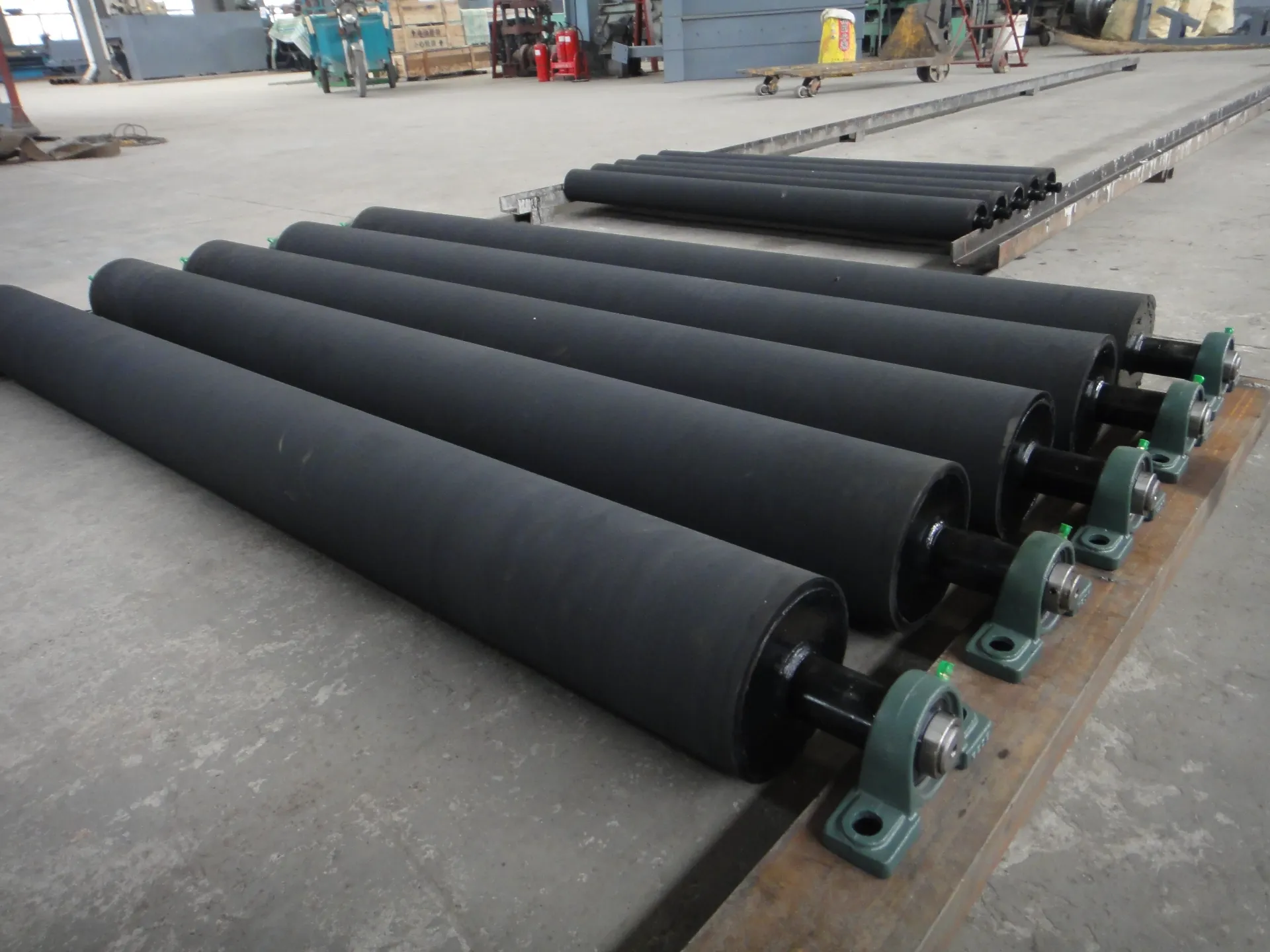 Afrikaans
Afrikaans  Albanian
Albanian  Amharic
Amharic  Arabic
Arabic  Armenian
Armenian  Azerbaijani
Azerbaijani  Basque
Basque  Belarusian
Belarusian  Bengali
Bengali  Bosnian
Bosnian  Bulgarian
Bulgarian  Catalan
Catalan  Cebuano
Cebuano  Corsican
Corsican  Croatian
Croatian  Czech
Czech  Danish
Danish  Dutch
Dutch  English
English  Esperanto
Esperanto  Estonian
Estonian  Finnish
Finnish  French
French  Frisian
Frisian  Galician
Galician  Georgian
Georgian  German
German  Greek
Greek  Gujarati
Gujarati  Haitian Creole
Haitian Creole  hausa
hausa  hawaiian
hawaiian  Hebrew
Hebrew  Hindi
Hindi  Miao
Miao  Hungarian
Hungarian  Icelandic
Icelandic  igbo
igbo  Indonesian
Indonesian  irish
irish  Italian
Italian  Japanese
Japanese  Javanese
Javanese  Kannada
Kannada  kazakh
kazakh  Khmer
Khmer  Rwandese
Rwandese  Korean
Korean  Kurdish
Kurdish  Kyrgyz
Kyrgyz  Lao
Lao  Latin
Latin  Latvian
Latvian  Lithuanian
Lithuanian  Luxembourgish
Luxembourgish  Macedonian
Macedonian  Malgashi
Malgashi  Malay
Malay  Malayalam
Malayalam  Maltese
Maltese  Maori
Maori  Marathi
Marathi  Mongolian
Mongolian  Myanmar
Myanmar  Nepali
Nepali  Norwegian
Norwegian  Norwegian
Norwegian  Occitan
Occitan  Pashto
Pashto  Persian
Persian  Polish
Polish  Portuguese
Portuguese  Punjabi
Punjabi  Romanian
Romanian  Russian
Russian  Samoan
Samoan  Scottish Gaelic
Scottish Gaelic  Serbian
Serbian  Sesotho
Sesotho  Shona
Shona  Sindhi
Sindhi  Sinhala
Sinhala  Slovak
Slovak  Slovenian
Slovenian  Somali
Somali  Spanish
Spanish  Sundanese
Sundanese  Swahili
Swahili  Swedish
Swedish  Tagalog
Tagalog  Tajik
Tajik  Tamil
Tamil  Tatar
Tatar  Telugu
Telugu  Thai
Thai  Turkish
Turkish  Turkmen
Turkmen  Ukrainian
Ukrainian  Urdu
Urdu  Uighur
Uighur  Uzbek
Uzbek  Vietnamese
Vietnamese  Welsh
Welsh  Bantu
Bantu  Yiddish
Yiddish  Yoruba
Yoruba  Zulu
Zulu conveyor guide roller
Understanding Conveyor Guide Rollers Importance and Applications
Conveyor systems are integral to modern manufacturing and material handling industries. They enhance efficiency by automating the movement of goods and materials across various points within a facility. A crucial component of these systems is the conveyor guide roller, which plays a significant role in ensuring smooth and effective operations. In this article, we will delve into the importance, types, applications, and maintenance considerations associated with conveyor guide rollers.
What Are Conveyor Guide Rollers?
Conveyor guide rollers serve as a support system for the conveyor belts and facilitate the efficient transfer of materials. These rollers are strategically placed along the conveyor path to guide the belt and keep it aligned, preventing it from drifting or misaligning during operation. They are designed to withstand heavy loads and harsh operating conditions, making them essential for the reliability of conveyor systems.
Importance of Conveyor Guide Rollers
1. Alignment and Stability One of the primary functions of guide rollers is to maintain the alignment of the conveyor belt. Proper alignment reduces wear and tear on the belt and other components, extending the lifespan of the entire system.
2. Load Distribution Guide rollers help in evenly distributing the load across the conveyor system. This is crucial, especially in heavy-duty applications, as it prevents localized strain that can lead to premature failures.
3. Reduction of Friction Conveyor guide rollers are typically mounted on bearings, which minimize friction during operation. Lower friction improves efficiency, reduces energy consumption, and enhances the overall performance of the conveyor system.
4. Versatility Conveyor guide rollers are available in various sizes and materials, making them suitable for a wide range of applications, including food processing, packaging, and even heavy industrial uses.
Types of Conveyor Guide Rollers
There are several types of conveyor guide rollers, each designed for specific applications and needs
- Flat Guide Rollers These are used primarily on flat belt conveyors and help maintain the proper alignment of the belt.
- Tapered Guide Rollers These are designed to guide belts that may have a tendency to drift. The tapered design allows for self-centering of the belt.
- V-Groove Rollers As the name suggests, these rollers have a V-shaped groove that helps in guiding conveyor belts that require additional lateral support.
- Straight Rollers These are commonly used in roller bed conveyors to provide additional support and are often used in conjunction with standard flat guide rollers.
conveyor guide roller

Applications of Conveyor Guide Rollers
Conveyor guide rollers find applications across various industries
- Food and Beverage In food processing lines, guide rollers are used to ensure the safe and efficient movement of packaged goods while minimizing contamination risks.
- Automotive In automotive manufacturing, robust guide rollers help in the seamless movement of vehicle parts through assembly lines.
- Logistics and Warehousing In warehouses, conveyor guide rollers facilitate the efficient handling and sorting of packages, which is essential in meeting delivery timelines.
- Mining and Bulk Material Handling In these heavy-duty applications, guide rollers are crucial for supporting the conveyance of large quantities of materials like coal, minerals, or aggregates.
Maintenance Considerations
Proper maintenance of conveyor guide rollers is essential to ensure their longevity and performance. Here are some maintenance tips
1. Regular Inspections Frequently inspect rollers for wear and tear, misalignment, or any debris that might hinder their function.
2. Lubrication Ensure that bearings are properly lubricated to minimize friction and wear.
3. Cleaning Keep the rollers clean from dust, dirt, and other contaminants that may affect their operation.
4. Replacement Replace worn or damaged rollers promptly to avoid further damage to the conveyor system.
Conclusion
Conveyor guide rollers are a vital component of conveyor systems, contributing significantly to their efficiency and durability. By understanding their importance, types, applications, and maintenance needs, businesses can optimize their conveyor operations and ensure seamless material handling. As industries continue to evolve, the role of conveyor guide rollers will remain paramount in enhancing productivity and operational effectiveness.
-
Revolutionizing Conveyor Reliability with Advanced Rubber Lagging PulleysNewsJul.22,2025
-
Powering Precision and Durability with Expert Manufacturers of Conveyor ComponentsNewsJul.22,2025
-
Optimizing Conveyor Systems with Advanced Conveyor AccessoriesNewsJul.22,2025
-
Maximize Conveyor Efficiency with Quality Conveyor Idler PulleysNewsJul.22,2025
-
Future-Proof Your Conveyor System with High-Performance Polyurethane RollerNewsJul.22,2025
-
Driving Efficiency Forward with Quality Idlers and RollersNewsJul.22,2025





























